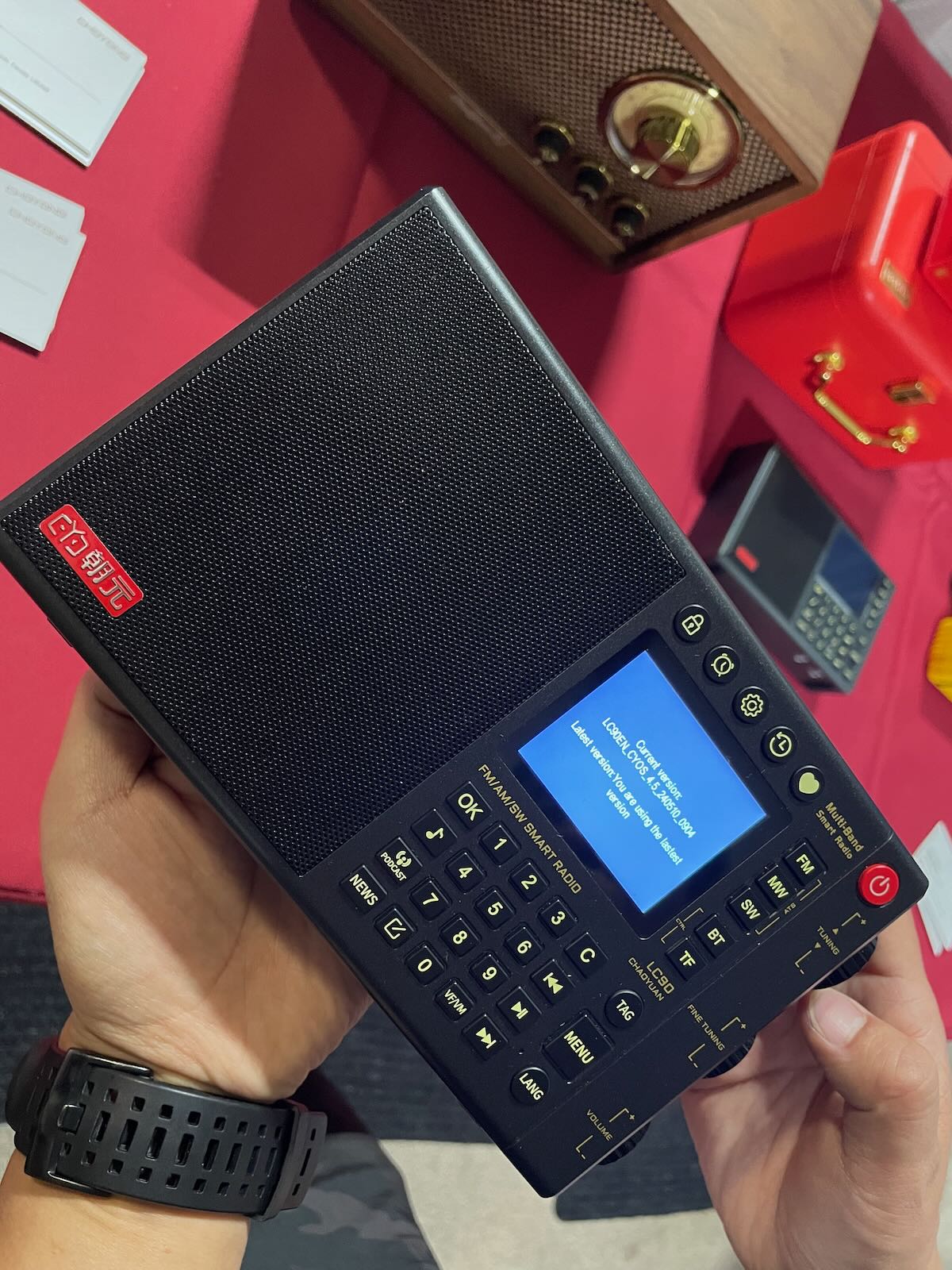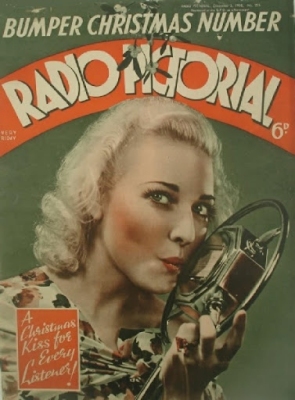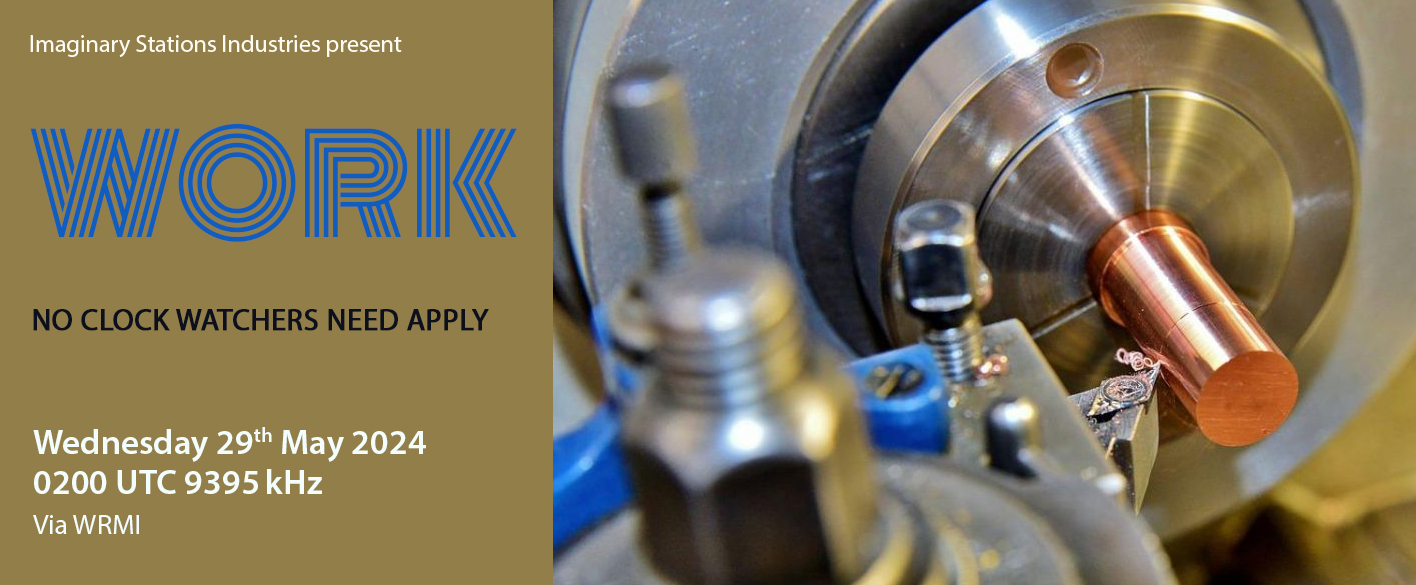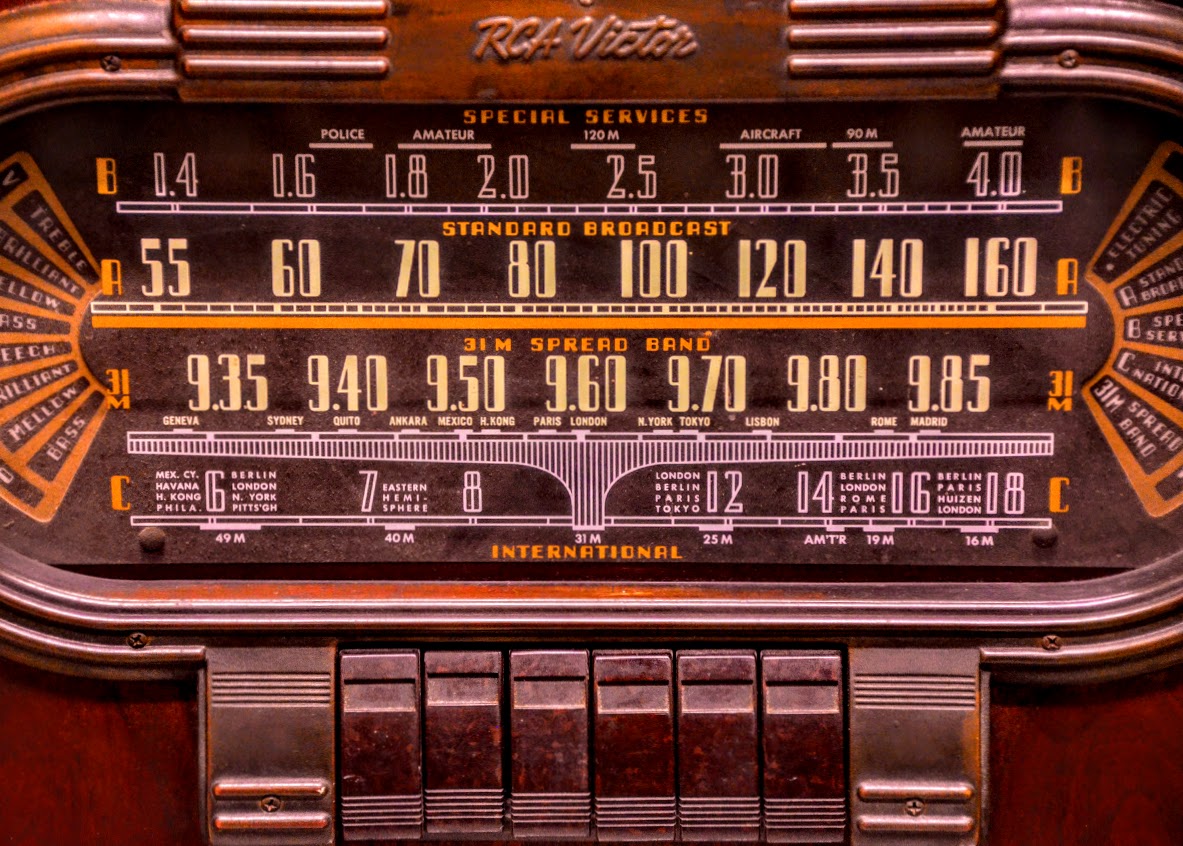Many thanks to SWLing Post contributor, Kostas (SV3ORA), for sharing the following post which originally appeared on his website:
Update (19 Dec 2024): ELISYS now sells Kostas’ NR-1 noise blanker and ships worldwide. Check it out by clicking here.
The NR-1, a revolutionary noise blanker that works directly on the antenna!
I designed my own noise blanker because:
-
- I was tired of that HF noise that could not be beaten otherwise.
- I wanted to remove it before it gets into my transceiver.
- I could not install a separate “noise” antenna/coaxial for diversity.
- I wanted to remove noise interference from any direction.
NR-1 is a revolutionary Noise Blanker which is the result of two-years of development and extensive testing by Kostas sv3ora.
NR-1 works directly at the antenna. This has significant advantages over the classic noise blankers which work at the intermediate stages of the receivers. It does not require a second “noise” antenna for its operation.
Furthermore, it is not based on cutting-off of amplifiers, unlike common noise blankers
do.
Because of these, the NR-1 is superior, compared tocommon internal Noise blankers of radios:
-
- NR-1 removes noise before it even reaches the receiver. Thus, the front-end RF
stages of the receiver are unaffected by noise, unlike a common noise blanker
which removes the noise after it has first passed through the internal circuits
of the receiver. - NR-1 removes high-level, high-repetition-rate noises that common noise blankers
usually cannot cope with. - NR-1 is not affected by strong near-by signals. Instead, common noise blankers
perform poorly when there are strong near-by signals and they distort the signal of the station we want to listen. - NR-1 can be used by many radios. Because it is an external device, it can be
connected to various radios/receivers without the need to modify them. - NR-1 has a built-in 8-band preselector and helps eliminate intermodulation (birdies)
caused by strong local medium and shortwave stations, on RF direct sampling
radios (eg IC-7300). The preselector is relatively wideband and does not affect
the sensitivity or the waterfall spectrum in the amateur radio bands. - NR-1 has built-in variable gain preamplifier and variable attenuator. Preamplification is
particularly useful in the high frequency bands, where some radios have limited
sensitivity. Variable attenuation helps to reduce band noise for more
comfortable listening to mid/high strength stations.
- NR-1 removes noise before it even reaches the receiver. Thus, the front-end RF
Comparison of the NR-1 with other noise removal systems (eg. QRM eliminator, X-phase etc):
-
- NR-1 does not require a second (noise) antenna/coaxial-line to operate. Unlike QRM
eliminators, NR-1 does not require an additional “noise” antenna and
therefore no second coaxial cable out of the shack. The main transmit and
receive antenna you are already using is sufficient. - NR-1 is easy to set up. In contrast, QRM eliminators require systematic testing of
various noise antennas in different locations to perform satisfactorily. - NR-1 removes noise from every direction simultaneously. In contrast, QRM
eliminators, depending on the noise antenna setup and their configuration,
remove noise from one direction only each time. If the noise originates or
“travels” through cables and reaches the antenna from different
directions, QRM eliminators do not perform well. - NR-1 removes more than one noise source simultaneously because its principle of
operation is not related to the phase of the noise. - NR-1 does not require constant adjustment. Once set for one band, it usually does not need to be reset. In contrast, QRM eliminators require resetting every few tens of KHz or so.
- NR-1 does not require a second (noise) antenna/coaxial-line to operate. Unlike QRM
Kostas has documented all the details of the NR-1 for his own future reference in his page.
He has also created some YOUTUBE videos as demonstrations of the operation and the effectiveness of this antenna noise blanker.









